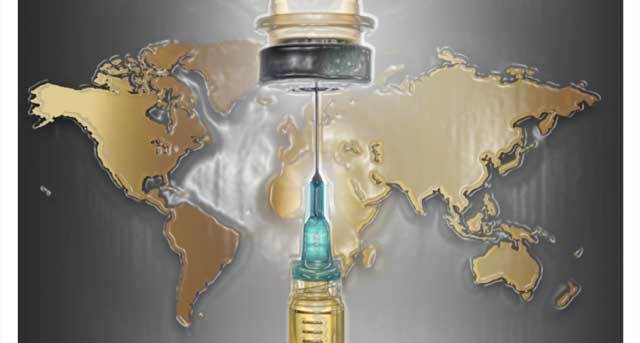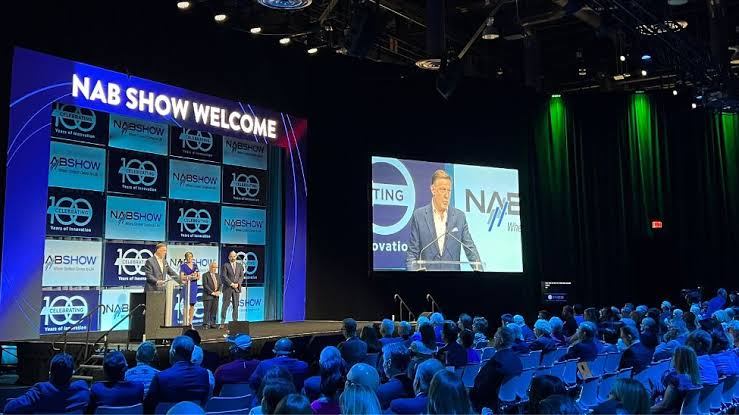By: Arzanish Mehmood
Since the emergence of Covid-19 pandemic, multiple questions have been lingering in the minds of people. Can mankind together eliminate this deadly virus? Can we save lives and make this world a normal place to live once again? Can we regain control in a shorter time? The answers are all hidden inside the 13 vaccines, which the scientists are looking up to, like a bunch of anxious hawks to determine which vaccine will pick up and destroy its prey up to a 100% efficiency. Normally, vaccines take 10-15 years to develop, but this process of vaccine development for SARS- COV-2 has been quite fast-tracked. While SARS-Covid-2 is a new virus, its exact correlation of protection is not completely defined, but there are precedents from other respiratory infections that have played a pivotal role in helping manufacture the vaccine for this new deadly strain virus.
To combat the disease, a wide range of vaccine approaches have been proposed, Scientists first understood the mechanism to target the virus based on the experience of SARS-COV-1. Most of the vaccines target the SARS-COV-2 spike proteins. Within the spike a receptor biding domain is present that allows the virus to enter the host cell and then targets the neutralizing antibodies. Thus, scientists are including this region in the vaccines. Thus, scientists from all over the globe are working together to fight the pandemic, they have designed some of the vaccines as discussed below.
Protein Vaccines
With other pathogens, recombinantly produced viral surface proteins can be used. These vaccines have a good safety profile and low levels of immunogenicity which means they require adjuvant to improve their efficacy. They are made by cloning the genes for the chosen antigens, then expressed and purified in the bacteria, yeast, and mammalian cells. For SARS-COV-2, eight vaccines are in trial, two of which to be announced, are from clover Biopharmaceutical and the University of Queensland.
Nanoparticle and Virus-like particle (VLP)
The VLPs are a subset of protein vaccines which are artificially produced nanoparticles and resemble virus. Proteins are taken from the viral capsid (a protein shell of a virus). The purpose of the viral capsid is to enclose the genetic material of viruses. These surface proteins are taken and virus like particles are made. The vaccine produces a strong cellular and humoral response. Humoral response refers to the prevention of subsequent reinfection while cellular response refers to the immune cell’s response such as T-cells that provide immunity. Novax has developed a recombinant nanoparticle vaccine using a baculovirus. Another company Medicago used plant NICOTIANA Benthamian to produce VLP but is still in a clinical trial.
Peptide vaccines
These vaccines are based on a peptide sequence. A minimal immunogenic (that initiates an immune response) peptide sequence is selected that can induce the T-cell response. The peptide vaccines are produced synthetically and mimic the naturally occurring proteins of pathogens. However, instead of using an entire protein a small part or fraction of protein is taken, called epitope (which is a part of an antigen) that is recognized by immune systems and antibodies bind to it. The selection of epitopes will provide broad-spectrum immunity against multiple strains of a pathogen. Covax has registered a phase 1 clinical trial for a multi-epitope peptide vaccine.
Inactivated vaccines
A virus is isolated and inactivated historically with any chemical agent called formaldehyde. There are four inactivated vaccine candidates in clinical trials. Sinovac, and Biotech companies have used the same platform that was for SARS-COV-1. The vaccine is made by the Sino pharm company. Here, antibody production was seen in the 2nd dose. Bharat biotech and the Institute of Medical Biology/Chinese Academy of Medical Sciences are running clinical trials of inactivated vaccines.
Live attenuated vaccines
These vaccines resemble natural infection, and a single dose is enough for the treatment. The viruses are weakened by introducing mutations into genes that are virulent, to make them non-virulent. This method requires the identification of genes that would weaken the viral replication as well as the mutation that is inserted, which should be stable. CODAGENIX and Serum Institute of India is developing these vaccines.
Vectored Vaccines
Viral vectors, such as adenovirus, are used. The gene of interest is expressed from other microorganisms such as bacteria, and viruses in the vectors. Vectors cannot replicate themselves. Five non replicating viral vectored vaccines are in clinical trials. All are based around adenoviral vectors. For humans, no adverse effects were found as with only a single dose, 91% of participants had neutralizing antibody and 100% after two doses.
Nucleic acid -Vaccines
These are now on the run due to their low cost and rapid development. They use either the plasmid RNA or DNA that encodes a target antigen. Once the vaccine is delivered to the patient, the nucleic acid is taken by the cells after which the encoded antigen is then expressed. The antigen is recognized by the immune cells and antibodies will start to produce against it. Six RNA and four DNA vaccines are in trial.
DNA Vaccines
DNA vaccines are made from plasmids so that when the DNA is inserted into plasmid of E-coli cells, it will stably express the foreign DNA in E-Coli cell. The DNA vaccines encode the proteins of the SARS -COV-1 and 2. Genexine, in South Korea (Zydus Cadila in India) and Osaka University in Japan, have initiated Phase I trials of DNA vaccines.
RNA Vaccine
RNA vaccines work on the same principle as DNA vaccines. They express the antigen in a host cell, Unlike DNA vaccines, the expression begins in the cytosol. The RNA vaccines are first to be developed for SARS-COV-2. Following are the six RNA vaccines in the clinical trials for SARS-COV-2: Moderna, Bio N Tech, Imperial College London, VacEquity, Global Health, and Arcturus.
It is still far too early to know which approach is best to control the pandemic with the vaccines. Or which one will prove to be a “MIRACLE” for the deadly strains of the virus. But altogether, mankind with a collaborative action and leadership, can eliminate this deadly virus. We have learned the lessons from the present pandemic; staying protected and getting mass vaccination will lower the cases and eventually, we will have a corona free world once again.
The writer is student of Biotechnology at National University of Science and Technology (NUST). She can be reached at [email protected]







